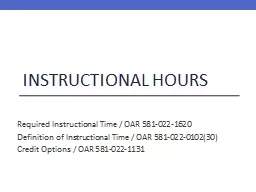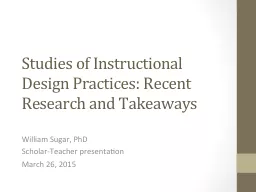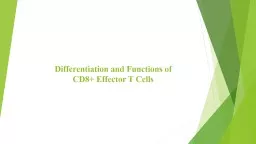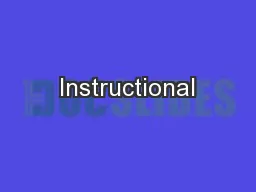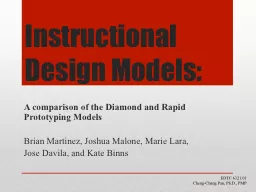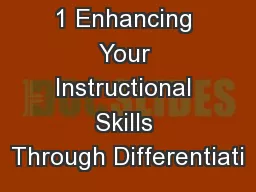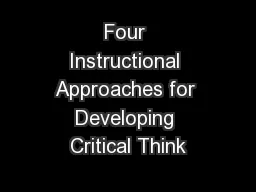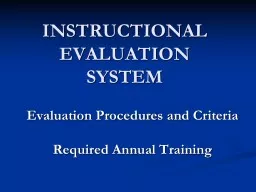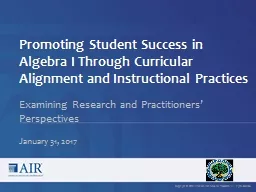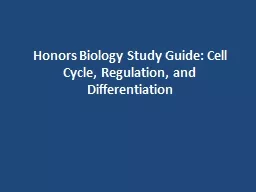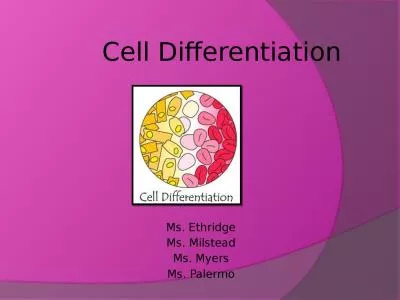PPT-IMPROVING INSTRUCTIONAL PRACTICE WITH DIFFERENTIATION
Author : ellena-manuel | Published Date : 2018-03-20
Sponsored by Teachers Center Facilitated by Kim Lewis May 12 2014 Based on the work of Carol Ann Tomlinson Your Students come from different cultures have different
Presentation Embed Code
Download Presentation
Download Presentation The PPT/PDF document "IMPROVING INSTRUCTIONAL PRACTICE WITH DI..." is the property of its rightful owner. Permission is granted to download and print the materials on this website for personal, non-commercial use only, and to display it on your personal computer provided you do not modify the materials and that you retain all copyright notices contained in the materials. By downloading content from our website, you accept the terms of this agreement.
IMPROVING INSTRUCTIONAL PRACTICE WITH DIFFERENTIATION: Transcript
Download Rules Of Document
"IMPROVING INSTRUCTIONAL PRACTICE WITH DIFFERENTIATION"The content belongs to its owner. You may download and print it for personal use, without modification, and keep all copyright notices. By downloading, you agree to these terms.
Related Documents


